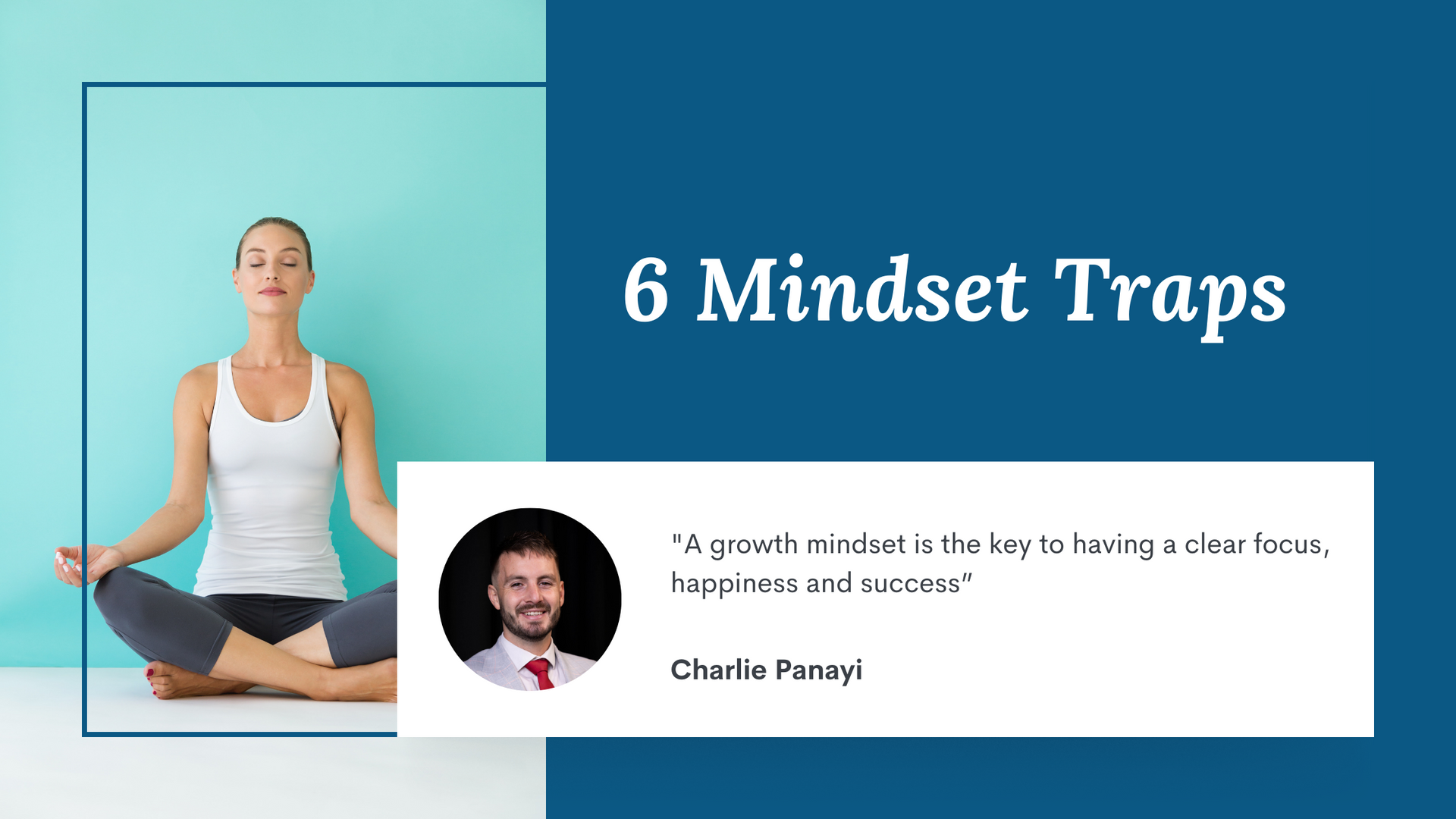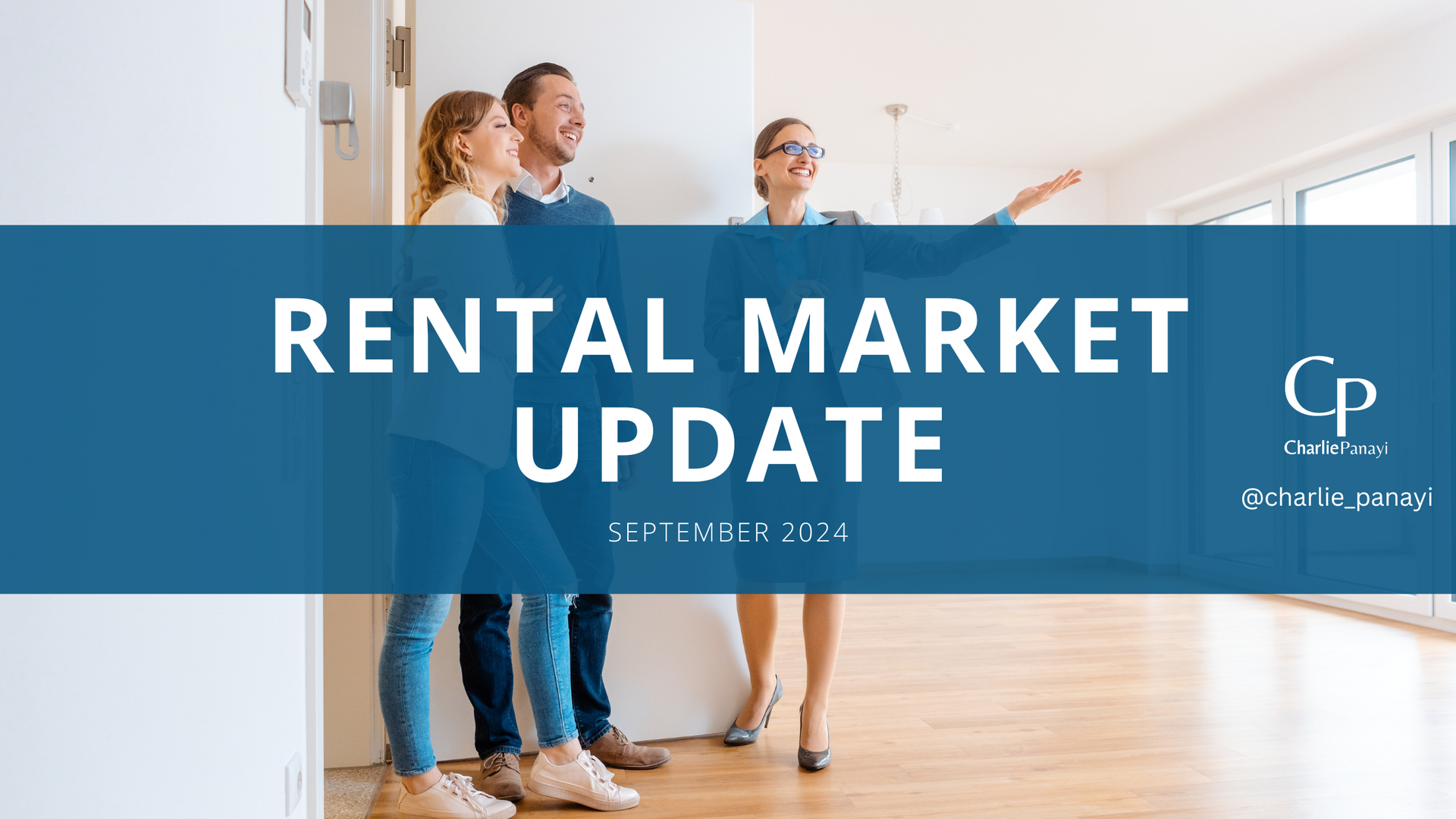The 6 most common mindset traps
If you want to have a solid growth mindset, you need to avoid some of the most common mindset traps. Here I go through what I feel are the 6 most common, you decide how you fit within this:

Trap #1 = Comparing yourself to others
We all compare ourselves constantly, its part of being human, we need to know how were doing compared to others. As a result of this we tend to review our social positioning, and the brain is hard-wired to sense fear! And too much difference to those compared to creates mental exclusion/isolation.
This can cause many of problems such as constantly looking for the difference and you convince yourself of what you’ve seen (even if not factually correct). The other main issue here is we are naturally more negative than positive, so when comparing we can focus too much on the ‘negativity’ side, making our perception potentially incorrect. I am not saying to not compare yourself to others, it’s a good thing to find like-minded people you want to be like, however focus on the positive side, what do they do well and what could I be better at to be more aligned.
If you think like the below then you may well be in this trap:
“people might think I’m an idiot”
“What if they don’t like me”
“I’m not at the same level as others”
“Everyone else has kids at my age and I don’t, not even married”
The list goes on, remember to challenge these thoughts and reframe into a positive slant. Focus on what you could be better at rather than what your bad at compared to others.
Trap #2 = It’s only your viewpoint
We get stuck in our own viewpoint at times, becoming one sided in how we see things, convincing ourselves that our reality is the only reality, whilst also assuming everyone else is thinking the same way!
The human brain loves to oversimplify things, making us think we must all be thinking the same…WRONG! There could be many realities for one scenario.
You and I could sit through the same conversation and come out with a complete opposite viewpoint, it doesn’t mean you are wrong, however it’s a huge benefit to understand the wider viewpoint on a situation before making yours final.
You may be in this place if you think like the below:
“she should have known I thought that”
“It’s obviously meant to mean that”
“They didn’t care what I was thinking”
Be open and curious to understand other viewpoints, you may be surprised and learn plenty along the way!
Trap #3 = Fault finder
Our brain is wired to produce instant judgements, normally within a matter of seconds. Unfortunately, these instant judgements aren’t always accurate, leading us into the most common mindset trap: blame.
This is where you just make your mind up, this decision then goes unchecked and unchallenged, effectively becoming a blame mindset. This tends to happy as we simply don’t want to examine our own mistakes, so we look to blame others. Or its an element of wanting to feel in control, when we don’t feel in control this tends to alert our emergency response system, then letting us blame others (fight or flight).
This may be you if you tend to have the following thought processes on a regular basis:
“It’s all their fault”
“I should have known better”
“Why did they/I do that to me”
“Attacking others in your head”
Be honest with yourself, are you always looking for fault in others or yourself?
Trap #4 – Overcomplicating things
Again human brains are hard-wired to overcomplicate things in our head. It’s amazing in ways, as this is what helps us solve puzzles and problems…however, it can also create many issues if not managed accordingly, by creating extra work/problems when it really wasn’t needed.
An overactive mind indicates high intelligence and strong ability in critical thinking. But it can also indicate trauma from past events.
Overcomplicating things is something I see more than most issues raised, a good way to manage this is to get things down on paper/notes/phone etc. Our short-term memory isn’t built to remember complex information, so when it all hits the fan we panic and overcomplicate, get it out of your head and destress!
Again if you think constantly like the below maybe you are in this trap:
“Feeling overwhelmed and confused”
“Too much going on in my head”
“Why is it so complicated”
“I can never make a decision”
Coming back to ‘only your viewpoint’ trap, this can also help with overcomplicating issues.
Trap #5 – Not living in reality
We all have the capacity to think outside the real world – its what makes us conscious. Unfortunately it can also mean we are avoiding dealing with what’s really going on in our minds/elsewhere.
So many people I know are obsessing over the past or daydreaming about their future. Rarely realising its just all in their head! So few take action to be constructive in their future, and keep on talking. Imagination and visualisation are good things, when managed and kept in reality.
Common traits:
“One day”
“If only”
“It shouldn’t be like this”
Its key to understand the situation you find yourself in, because unless you are being realistic how can you work to move forward. Be honest with yourself and take action.
Trap #6 = Your expectations are too high
As with the other points on the list, expectations can go both ways: positive or negative. It’s a great way to push yourself to achieve more, however if we use expectations as our only ruler, how are you measuring it?
Many don’t base their expectations on facts and reality. Meaning you will always be underperforming to your own standards. I have to be honest, this is my biggest mindset trap, it doesn’t matter what I achieve I never feel fulfilled and want to achieve more.
This makes me become a perfectionist, and those who work for me or my wife can really struggle with this habit of mine. I do my best to acknowledge I have this and it helps me moderate it being an issue.
Be sure to celebrate the small wins, otherwise time goes and you never appreciate what you’ve done.











